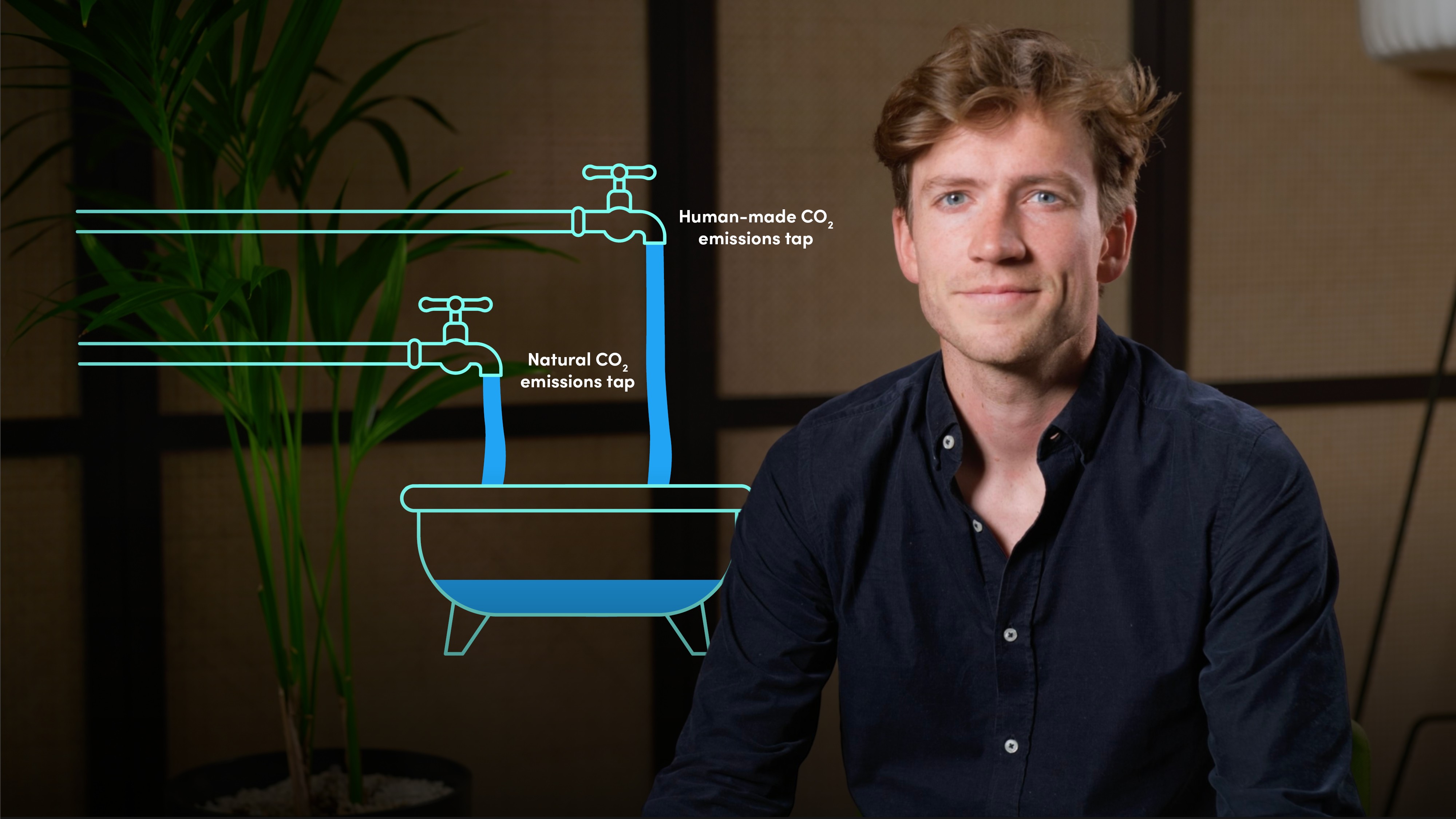
Why Direct Carbon Dioxide Removal (CDR)?

Richard Probst
In this video, Richard explores the critical role of carbon dioxide removal (CDR) in the fight against climate change. He explains how CDR technologies, like Direct Air Capture and nature-based solutions, complement emission reductions to achieve net-zero emissions by 2050. He further highlights the urgency of scaling these solutions to address hard-to-abate emissions, prevent climate overshoot, and protect ecosystems.
In this video, Richard explores the critical role of carbon dioxide removal (CDR) in the fight against climate change. He explains how CDR technologies, like Direct Air Capture and nature-based solutions, complement emission reductions to achieve net-zero emissions by 2050. He further highlights the urgency of scaling these solutions to address hard-to-abate emissions, prevent climate overshoot, and protect ecosystems.

Why Direct Carbon Dioxide Removal (CDR)?
12 mins 40 secs
Key learning objectives:
Understand the role of carbon dioxide removal (CDR) in achieving net zero and addressing hard-to-abate emissions
Outline the need for urgent scaling of CDR technologies alongside significant emission reductions to prevent climate overshoot
Identify key CDR approaches, including nature-based and engineered solutions, and their potential for scalability
Understand how market demand, innovation, and policy support drive the development and deployment of CDR technologies
Overview:

Richard Probst
There are no available Videos from "Richard Probst"

